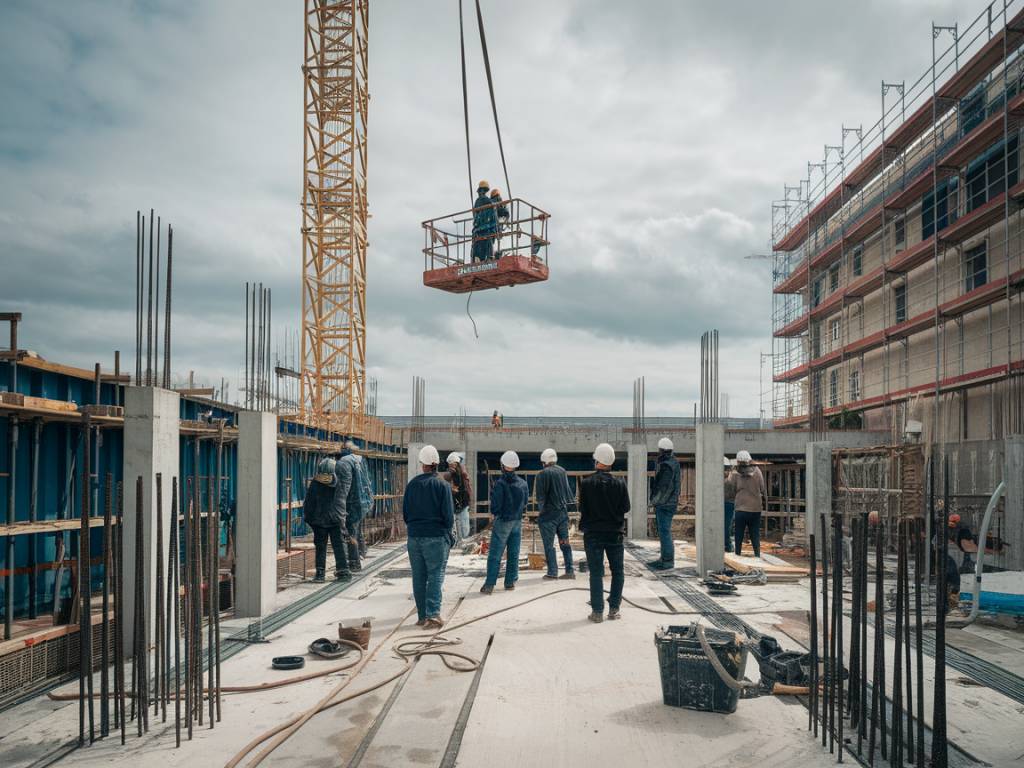What are the most common workplace safety violations and how to avoid them?
Understanding Common Workplace Safety Violations
Have you ever felt like your workplace could be safer, but weren’t sure where to start? Well, you’re in good company. Despite the best intentions, many organizations still struggle with common safety violations. These pesky problems can not only affect the well-being of employees but also lead to legal headaches. Let’s dive into what these usual suspects are and how you, yes you, can help avoid them.
The Usual Suspects in Workplace Safety Violations
Every workplace has its quirks, but when it comes to safety violations, patterns emerge. Here are some of the most frequent offenders:
- Lack of Proper Training: Imagine being asked to operate heavy machinery without any instructions. Sounds terrifying, right? Yet, inadequate training is a recurring issue in various sectors.
- Poorly Maintained Equipment: If your tools look like they belong in a museum, they probably aren’t safe to use. Equipment that isn’t regularly checked and maintained can become hazardous.
- Hazardous Material Handling: Remember that caution tape in movies? Handling chemicals and other hazardous materials require more than just tape – it requires rigorous safety protocols.
- Inadequate Personal Protective Equipment (PPE): PPE isn’t just a suggestion; it’s a necessity. Inadequate or missing PPE is a major factor in workplace injuries.
How to Dodge These Violations Like a Pro
Avoiding these pitfalls isn’t just about ticking boxes; it’s about creating a safety culture that resonates with everyone in the organization. Here are some practical strategies to dodge these violations effectively:
Invest in Training Programs
You might think, “Do we really need another meeting?” But training isn’t about death by PowerPoint. Engaging, hands-on training sessions that simulate real-life scenarios can equip employees to handle unexpected situations safely. For instance, role-playing emergency responses can prepare employees for potential crises.
Regular Equipment Checks
Think of equipment like a car. Would you drive it without regular maintenance? Exactly. Establish a routine check-up schedule for all machinery and tools. This not only prevents accidents but also prolongs the equipment’s lifespan, saving costs in the long run. Consider designating a “safety champion” to oversee this, adding a touch of fun to accountability.
Proper Hazardous Material Management
Handling hazardous materials isn’t just for chemists in lab coats. Any industry handling such materials should implement comprehensive protocols. This includes clearly labeling materials, maintaining up-to-date Safety Data Sheets (SDS), and ensuring all employees know emergency procedures. Regular audits can help keep these practices in check.
Putting the « Personal » in Personal Protective Equipment
You wouldn’t wear shoes two sizes too small, so why settle for ill-fitting PPE? Ensuring that PPE is appropriate, accessible, and most importantly, worn correctly can greatly reduce injury risks. Customize PPE fittings and educate employees on their importance. Make it a part of the company culture, and maybe even add some humor by having themed PPE days!
The Role of Leadership in Promoting Safety
Leaders set the tone for company culture, including safety. Management should lead by example, showing that safety isn’t just a protocol, but a priority. Conduct regular safety meetings, encourage open discussion on safety concerns, and recognize employees who contribute positively to workplace safety.
Encouraging a Safety-First Mindset
Changing mindsets is easier said than done, but not impossible. Instill a safety-first mindset by rewarding proactive safety measures and openly addressing risk factors. Consider implementing a “near-miss” reporting system where employees can report potential risks without fear of reprisal. This not only encourages vigilance but empowers employees to take ownership of their safety environment.
If you’re feeling overwhelmed by these steps, remember: small changes can lead to big results. By addressing these common safety violations with practical solutions, you’re not just improving the workspace. You’re building a culture of safety that everyone can enjoy – maybe even with a little chuckle along the way.


